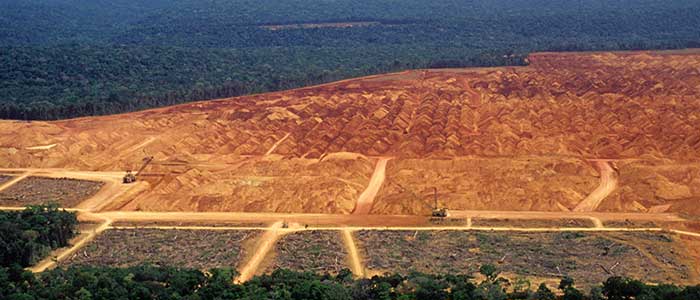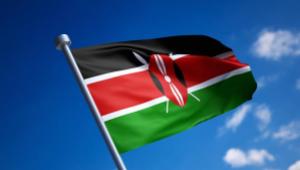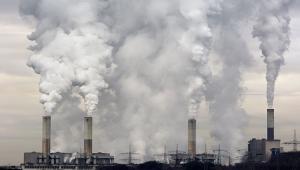web_Deforrestation_iStock_000003438063_Large.jpg

Deforestation
In a joint-report, the UN Environment Programme and Kenyan government said that with investments of $39m per year – less than 25% of the potential returns – could see the east African nation reduce its carbon dioxide emissions by 20 million tonnes annually.
Achim Steiner, UNEP executive director, added that, as well as the economic benefits, this would also make a “significant contribution” to pledges Kenya made at the international climate conference COP21 last year, where world leaders committed to a global plan to tackle climate change.
Kenya has said it will introduce more clean technology, reduce reliance on wood fuel, increase tree cover to 10% and enhance energy and resource efficiency across all sectors.
The report identified three areas where increasing efficiency would also bring major socio-economic benefits through conservation, sustainable management and the enhancement of forest carbon stocks.
Judi Wakhungu, Kenya’s cabinet secretary for environment, natural resources and regional development authorities, said the increasing efficiency in charcoal production and wood fuel consumption would be the most attractive measures.
In regards to charcoal, this would involve training charcoal producers and introducing more efficient kilns.
Improved technologies could cut the amount of wood needed to produce 1kg of charcoal from 10kg to as low as 3kg, which could reduce emissions by 16.5m tonnes and bring $30m in benefits from reduced forest loss annually.
The report also notes that replacing five million inefficient cooking devices with improved versions would reduce firewood demand, bring $3.5m in economic benefits and save 2.4m tonnes of emissions per year.
“Additional, but unmeasured, financial benefits would follow from reduced indoor air pollution and improved health, especially among women and children,” UNEP added.
The report estimated Kenya’s forests and rainforests account for around 1.1%-3.6% of the country’s gross domestic product, but even this higher figure is likely an understatement.
Deforestation however has been a major problem. In 2014, the government issued a ban on timber harvesting to address illegal logging concerns. This was lifted in 2015, but only the felling of mature trees was authorised.
In 2012, the UNEP estimated that deforestation deprived Kenya’s economy of $68m in 2010, a figure far outstripping the $12.8m the forestry and logging industry injected into the economy each year.
The UNEP said that while the report is Kenya-specific, its findings are also of interest to central African nations with large amounts of forest cover, which could employ similar methods to combat climate change and boost their economies.
The UN Collaborative partnership on Reducing Emissions from Deforestation and Forest Degradation, Kenya’s Ministry of Environment, Natural Resources and Regional Authorities and the Kenya Forest Service also worked on the report.













